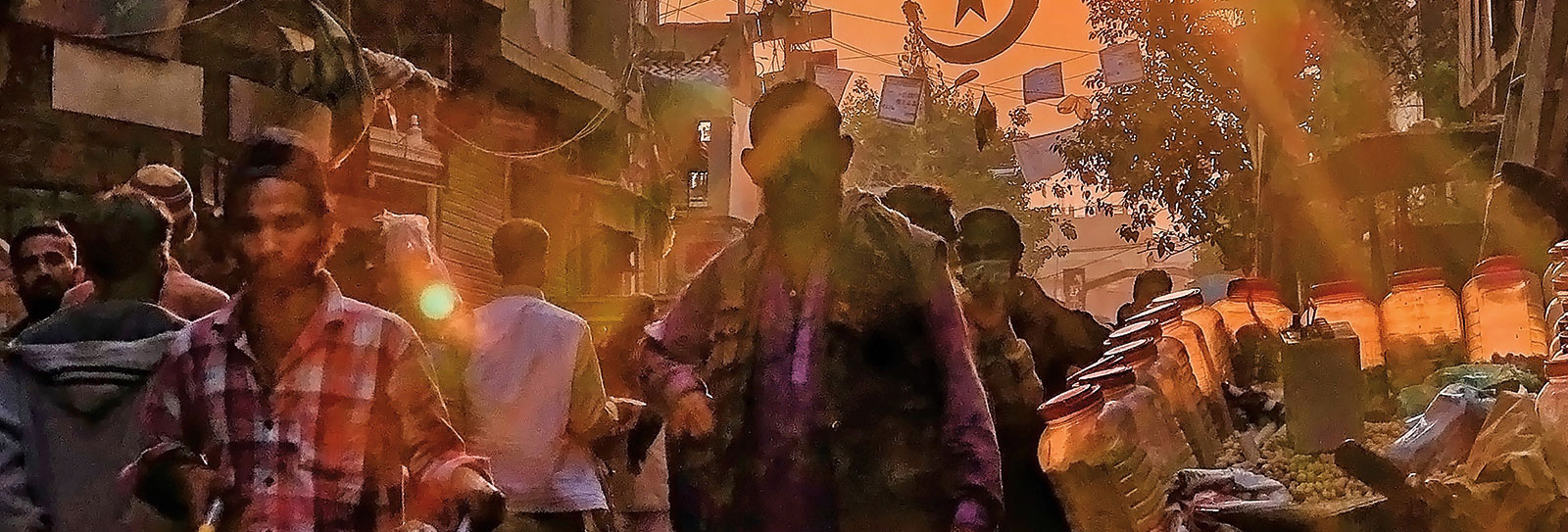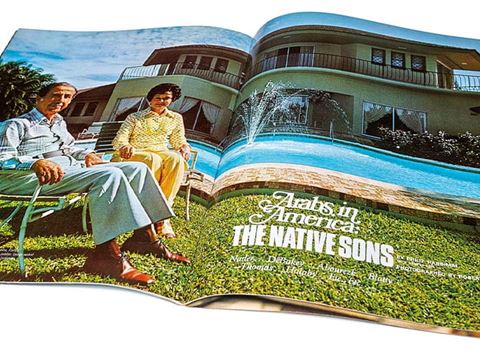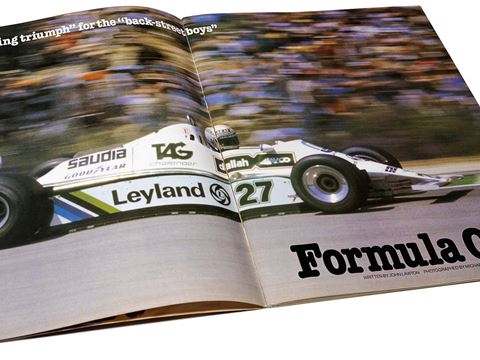
FirstLook: Golden Hour in Karachi, Pakistan
- Arts
- Photography
Reading time:1min
Photograph by Khaula Jamil
For a long time now, I have felt there is a richer, more complete narrative about Karachi—my hometown—than what is often produced in news media. I’ve seen it labeled one of the world’s least-livable cities, one of the most violent. Perhaps. But that’s not Karachi’s full story.
For this photo series, I walked the narrow alleys of Lyari, the most-populated locality of Karachi, with two German filmmakers who were interested in capturing authentic Karachi narratives. It was nearing sunset, and as I looked up, I saw stunning rays of light spilling into the street. It was the “Golden Hour,” or “Magic Hour,” as we photographers call it—that time right after sunrise and right before sunset that offers the softest, warmest, most-dramatic lighting, perfect for photography. Many people were walking home from work, and I remember thinking I had never seen the Golden Hour quite this distinctively in any part of Karachi before. It was magical indeed, and the scene shown here reflects words that come to my mind in describing my city’s people: resilient, passionate, courageous and determined.
—Khaula Jamil
@khaula28
www.khaulajamil.com
You may also be interested in...

FirstLook: "Arabs In America: Native Sons"
Arts
In 1975 AramcoWorld dedicated an entire issue to celebrating the lives of Arab Americans and their impact—from renowned heart surgeon Michael DeBakey to White House correspondent Helen Thomas to entertainer and St. Jude Children’s Research Hospital founder Danny Thomas.
FirstLook - A blistering triumph for the back-street boys
Arts
Amid the roar of racers zooming toward the finish line in London during the 1980 Grand Prix, longtime auto-racing photographer and renowned artist Michael Turner trained his lens on a Saudia-Williams FW 07..jpg?cx=0.5&cy=0.5&cw=480&ch=360)
FirstLook: A Market’s Port of Call
History
Arts
After the war in 1991, Kuwait faced a demand for consumer goods. In response, a popular market sprang up, selling merchandise transported by traditional wooden ships. Eager to replace household items that had been looted, people flocked to the new market and found everything from flowerpots, kitchen items and electronics to furniture, dry goods and fresh produce.